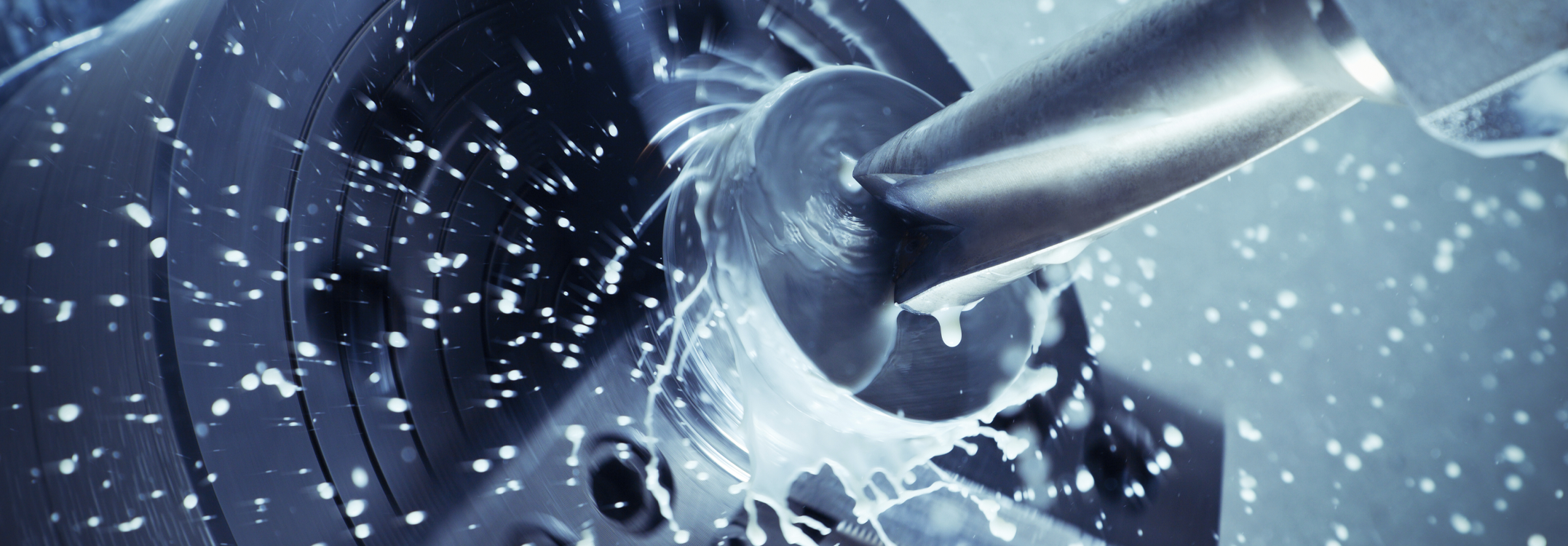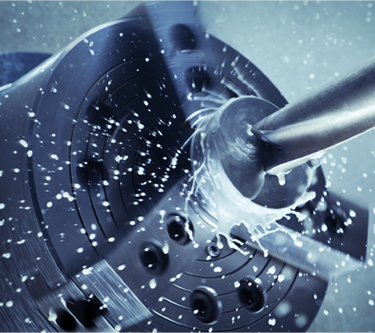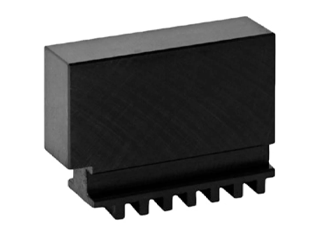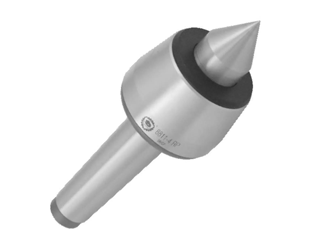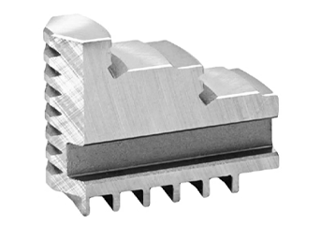Don't have an account?
Creating an account has many benefits: check out faster, keep more than one address, track orders and more.
Or
Checkout as a Guest
Place your order without creating an account for extra convenience.
Expert Guide on Scroll Chucks
Contents
- Introduction to scroll chucks
- What is a scroll chuck
- How does a scroll chuck work?
- What are the different types of scroll chuck are available?
- What are the advantages of using a scroll chuck?
- What is a 3 jaw scroll chuck used for?
- How do you maintain a scroll chuck?
- What is the difference between a 3 jaw and a 4 jaw scroll chuck?
- How do you install a scroll chuck on a lathe?
- What materials can be held by a scroll chuck?
- How accurate is a 3 jaw scroll chuck?
- What are common issues with scroll chucks and how to fix them?
- Summary of scroll chucks
Introduction to scroll chucks
In this article you will find out more about what scroll chucks are, what types of scroll chucks are available, all the key features of them, their maintenance, and how to maximise their performance.
What is a scroll chuck?
A scroll chuck is a type of self-centring chuck commonly used in metalworking and woodworking lathes. They are used for clamping workpieces in a lathe during the machining process.
It has a scroll plate (spiral or scroll gear) inside that moves the jaws in unison when the chuck key or tightening mechanism is turned. This allows for quick and precise centring of round or hexagonal workpieces.
Scroll chucks are the most common type of lathe chuck used in workshops. They feature a single scroll mechanism that operates multiple jaws simultaneously.
Key Features:
- Self-centring: Automatically centres the workpiece for quick setup.
- Versatility: Suitable for various shapes, including round and hexagonal parts.
- Ease of Use: Simple to operate, making it ideal for both beginners and experienced machinists.
- Applications: Perfect for general turning operations and repetitive tasks in metalworking and woodworking.
How does a scroll chuck work?
A scroll chuck works by using a spiral-shaped scroll plate inside the chuck body that controls the movement of the jaws. When the chuck key or tightening mechanism is turned, the spiral groove on the scroll plate engages with the teeth on the jaws, causing them to move simultaneously inwards or outwards. This self-centring action ensures that the jaws grip the workpiece evenly, which is particularly useful for holding round or hexagonal materials.
What are the different types of scroll chuck are available?
Diameter
Scroll chucks are available in a wide range of diameters. Generally ranging from 80-630mm / 3-25” this determines the maximum clamping capacity of the workpiece diameter it can hold.
Number of Jaws
Scroll chucks are available in 2, 3, 4 and 6-jaw configurations. They operate using a scroll mechanism that moves all jaws simultaneously, ensuring quick and precise clamping.
3 Jaw scroll chucks are most popular due to their ability to clamp a wide range of round workpieces securely and effectively. 2 Jaw chucks are more popular on smaller diameters whereas 4 jaw chucks tend to be utilised more as independent chucks for securely holding irregular shaped workpieces. 6 Jaw chucks have stronger gripping power, good for thin-walled parts or shapes that are not perfectly round.


Steel vs Cast Iron Scroll Chucks
Cast Iron scroll chucks tend to be more popular due to their lower cost and general ability across a wide range of applications. They are generally classed as the industry standard.
Whereas Steel scroll chucks offer higher accuracy, greater RPM and less wear. Making these ideal for higher production runs or where performance is a priority.
Front Mount vs Rear Mount Scroll Chucks
The most popular mount type on a scroll chuck is front mount. The ability to mount these easier on the machine along with increased accessibility to the mechanisms makes them widely used.
Rear mount scroll chucks however do still have their place – whilst being more complex to install onto the machine they do offer increased stability, particularly in larger or heavier workpieces and reduced vibration.


What Brand of Scroll Chucks are available?
Our leading partners for scroll chucks include Bison, Rohm, and Pratt Burnerd, ensuring high-quality and reliable solutions for all budgets.
What are the advantages of using a scroll chuck?
The main advantages of using a scroll chuck lie in its ease of use, speed, and precision for holding round or hexagonal workpieces. Its self-centring mechanism ensures that the jaws move simultaneously, automatically centring the workpiece with minimal effort, making setup quick and efficient. This is particularly useful in high-volume or repetitive machining, where time is critical.
What is a 3 jaw scroll chuck used for?
A 3-jaw scroll chuck is primarily used for holding cylindrical or hexagonal workpieces in machining operations. It is a self-centring chuck, meaning all three jaws move together simultaneously, making it ideal for applications that require quick and precise centring.
How do you maintain a scroll chuck?
Maintaining a scroll chuck is essential for ensuring its longevity, accuracy, and smooth operation. Regular maintenance prevents wear, corrosion, and buildup of debris that can affect performance. A great way to achieve this is through regular cleaning with an air compress or brush after each use as well as making sure all moving parts are lubricated thoroughly and to regularly check for damage and wear and tear.
What is the difference between a 3 jaw and a 4 jaw scroll chuck?
A 3-jaw scroll chuck, and a 4-jaw scroll chuck both use a self-centring mechanism, but they differ in their gripping capabilities and applications. A 3-jaw chuck has three jaws that move simultaneously, making it ideal for holding round or hexagonal workpieces with quick and easy setup. However, it provides less clamping force and is not suitable for irregular shapes.
A 4-jaw scroll chuck, on the other hand, has four jaws that also move together, offering stronger grip and better stability, especially for square stock or heavier workpieces. While a 3-jaw chuck is faster to use, a 4-jaw scroll chuck provides more even clamping pressure, making it better suited for larger or more demanding machining operations.
How do you install a scroll chuck on a lathe?
To install a scroll chuck on a lathe, first, turn off the machine and remove any existing chuck, ensuring the spindle nose is clean and free of debris. Identify the spindle type - threaded, camlock (D1-type), or tapered mount (L- or A-series) - as this determines the mounting method.
Once mounted, rotate the chuck by hand to check for smooth operation, then test run the lathe at a low speed, gradually increasing to ensure proper alignment. Finally, verify that the jaws move smoothly and that there is minimal runout for accurate machining.
What materials can be held by a scroll chuck?
A scroll chuck is ideal for holding materials with round, hexagonal, or symmetrical shapes, making it commonly used for metalworking, woodworking, and machining. It can securely grip metals like steel, aluminium, brass, copper, titanium, and cast iron, as well as wood (both hardwoods and softwoods) for woodturning applications. The chuck can also hold plastics like acrylic, nylon, and ABS, and even pipes or tubes for cutting and threading.
How accurate is a 3 jaw scroll chuck?
A 3-jaw scroll chuck offers good accuracy for holding round and hexagonal workpieces, typically within a runout tolerance of around 0.001 to 0.003 inches (0.025 to 0.076 mm) depending on the quality of the chuck and the setup. Its self-centring design ensures that the jaws move simultaneously, keeping the workpiece centred as it is tightened. However, the accuracy can be affected by factors like jaw wear, material deformation, or clamping pressure.
What are common issues with scroll chucks and how to fix them?
Common issues with scroll chucks include jaw misalignment, sticking jaws, and excessive runout. Jaw misalignment can occur if debris or dirt gets lodged in the scroll plate grooves, causing the jaws to move unevenly. This can be fixed by thoroughly cleaning the chuck and scroll mechanism and re-lubricating the moving parts.
Summary of scroll chucks
Hopefully this guide has given you more information about the wide range of uses Cutwel’s scroll chucks can provide. Please feel free to contact our expert in-house technical support team who can provide even more knowledge and expertise on 01924 869 615 or email sales@cutwel.net.
